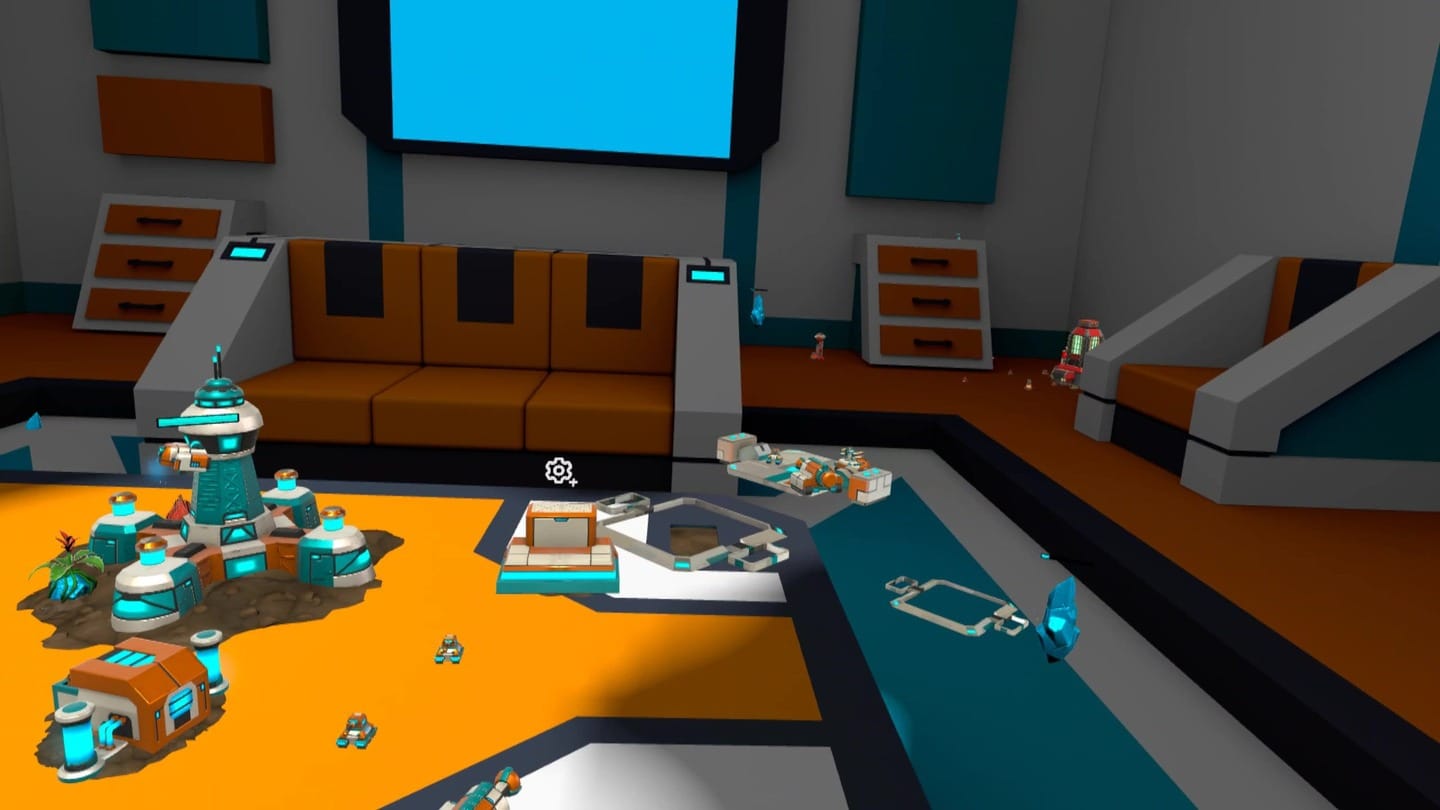A glimpse at Qualcomm's latest MR reference design as Samsung takes on Apple's Vision Pro headset
For the said reference design headset, it could be Samsung's counterpart to theappleVisionProThe foundation of the headset product.

Samsung had announced in February 2023 that it was working with theGoogleandHigh-pass合作开发一款XR设备。但随着苹果在同年6月发布了Vision Pro,有消息称三星重新评估了相关头显,并希望提升其规格以与苹果竞争。
Qualcomm is undoubtedly the leading supplier of processors for XR devices right now. Part of the reason for this is that they offer more than just chips, Qualcomm also comes out with relevant reference designs. This head unit, which contains the latest chips and is fully functional, can be used as a starting point for customers to develop their next device.
For the recently announced Snapdragon XR2+ Gen 2, Qualcomm confirmed that Samsung will be using the chip. While we're not sure what Samsung's headset will look like in real life, Qualcomm's simultaneous unveiling of an MR reference design headset can help us get a glimpse of Samsung's headset product against Apple's Vision Pro
Like most of Qualcomm's reference designs, the Snapdragon XR2+ Gen 2's reference head unit is also a collaboration with Gore. Here's what we know so far.
Snapdragon XR2+ Gen 2
Supports monocular 18.5 MP (4300 × 4300), 90Hz
12 or more parallel cameras (our guess is, 2 for eye tracking; 2 RGB perspective; 4 world tracking; 4 depth perception)
pancake
Hardware IPD tuning
microphone array
3.5mm head unit interface
WiFi 6/6E/7
So what does this reference design tell us about what Samsung might build?
First, the overall shape parameters. While Samsung's headset will have a different aesthetic, the shape parameters probably won't deviate too much. This is because the XR2+ Gen 2 is designed for a certain power consumption, heat dissipation, and camera count. If Samsung were to build a smaller product, they would probably use the Snapdragon AR2 platform which is designed to be more energy efficient and compact.
The camera stack may be similar, considering that the XR2+ Gen 2 increases the number of parallel cameras to 12 (10 with the previous XR2 Gen 2).
But between the reference design and the finished product, specific components usually require heavy customization. The first is the display.
While reference headsets can technically achieve monocular 18.5 MP (4300 × 4300) resolution at 90 Hz, it is our understanding that Qualcomm's reference headsets were typically not equipped with the largest supported displays because the maximum theoretical pixel throughput typically exceeded that of the displays in widespread use at the time.
at the present timemarketOn this size display is in the 2K range. Samsung's headset will probably reach 2K to 3K for one eye, and we're skeptical of them jumping straight to 4K.
Will Samsung stick to industry-standard LCD display technology, or might it want to adopt its ownOLEDThe display technology remains to be seen. It's worth noting that Samsung earlier acquired a microdisplay maker, but it's not clear if it's to support this upcoming headset or if it's a strategic move to lay out the future.
The lens is another component that is significantly different from the reference design. Recent headsets have moved away from single-crystal Fresnel lenses to the more compact Pancake. samsung's headsets will probably use Pancake as well, but we'll have to wait and see if they perform as well as theQuest 3 as good.
Additionally, Samsung's headset may support bare hand interaction like Apple's. According to the photo released by Qualcomm (at the top of the article), we can see the user placing their hand on top of their knee and performing a pinch gesture action. This looks very much like the operation demonstrated by Apple's Vision Pro.
Related posts




